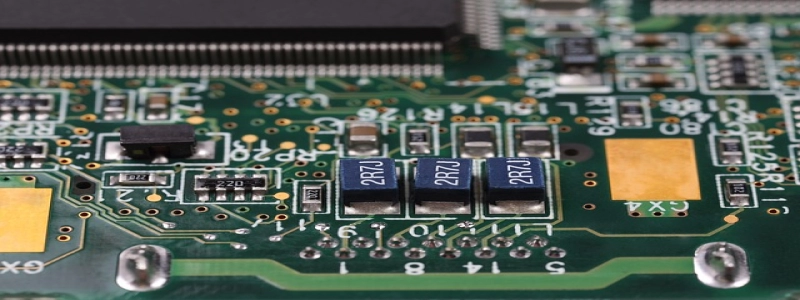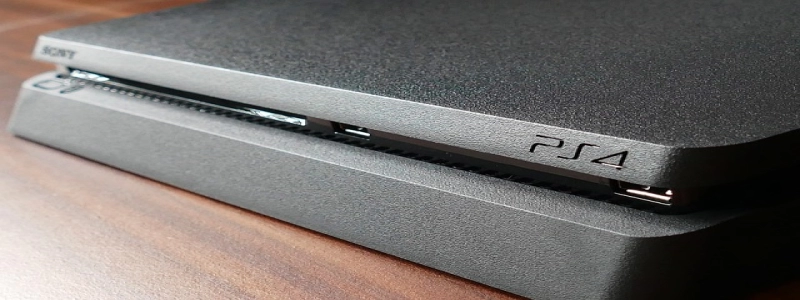Ethernet to 485 Converter
Introduction:
The Ethernet to 485 Converter is a device that enables the communication between Ethernet and RS485 networks. It allows the exchange of data between devices connected to an Ethernet network and devices connected to an RS485 network, providing flexibility and compatibility in various industrial and automation applications.
I. What is Ethernet?
Ethernet is a widely used networking technology that allows computers and other devices to connect and communicate with each other over a local area network (LAN). It uses a protocol called TCP/IP (Transmission Control Protocol/Internet Protocol) to transmit data packets among devices. Ethernet has become the de facto standard for wired network connections due to its high speed, reliability, and compatibility.
II. What is RS485?
RS485 is a communication standard widely used in industrial automation and control systems. It allows multiple devices to be connected in a network using a two-wire or four-wire configuration. RS485 is known for its long-distance communication capabilities, noise immunity, and ability to connect multiple devices in a network. It uses differential signals for data transmission, making it suitable for harsh industrial environments.
III. The Need for Ethernet to 485 Converter:
In many industrial applications, there is a requirement to connect devices using both Ethernet and RS485 networks. Ethernet is commonly used for higher-level communication between PLCs (Programmable Logic Controllers), HMIs (Human-Machine Interfaces), and SCADA (Supervisory Control and Data Acquisition) systems, while RS485 is used for low-level communication between sensors, actuators, and other field devices.
The Ethernet to 485 Converter serves as a bridge between these two networks, allowing seamless integration and data exchange between devices connected to Ethernet and RS485 networks. It enables the transfer of data packets smoothly and efficiently, ensuring real-time communication and control in industrial environments.
IV. Features and Benefits of Ethernet to 485 Converter:
1. Multiple Device Support: The converter allows multiple RS485 devices to be connected to an Ethernet network, ensuring easy expansion and integration of devices in the network.
2. Speed and Efficiency: The Ethernet to 485 Converter provides high-speed data transfer between Ethernet and RS485 networks, ensuring real-time communication and control.
3. Compatibility: The converter is compatible with different network protocols and can support various industrial communication protocols such as Modbus RTU and Modbus TCP/IP.
4. Easy Configuration: The converter can be easily configured through a web-based interface or dedicated software, allowing users to set communication parameters, device addresses, and network settings.
5. LED Indicators: The converter is equipped with LED indicators that provide status information such as power, network connection, and data transmission, facilitating troubleshooting and monitoring.
V. Applications of Ethernet to 485 Converter:
1. Industrial Automation: The converter is widely used in industrial automation applications, where Ethernet is used for higher-level communication and RS485 is used for low-level communication with sensors, actuators, and other field devices.
2. Building Automation: In building automation systems, the converter enables communication between Ethernet-based control systems and RS485-based devices such as temperature sensors, lighting controls, and HVAC (Heating, Ventilation, and Air Conditioning) systems.
3. Energy Management: The converter allows integration between Ethernet-based energy management systems and RS485-based meters and sensors, enabling real-time monitoring and control of energy consumption.
4. Transportation Systems: The converter can be used in transportation systems such as traffic control systems, tolling systems, and railway signaling systems, where Ethernet-based control centers need to communicate with RS485-based devices in the field.
Conclusion:
The Ethernet to 485 Converter plays a crucial role in bridging the gap between Ethernet and RS485 networks in industrial and automation applications. It provides seamless integration, efficient data transfer, and real-time communication between devices connected to these two networks. With its features and benefits, the converter enables flexibility, compatibility, and easy expansion in various industries, contributing to enhanced automation, control, and operational efficiency.








